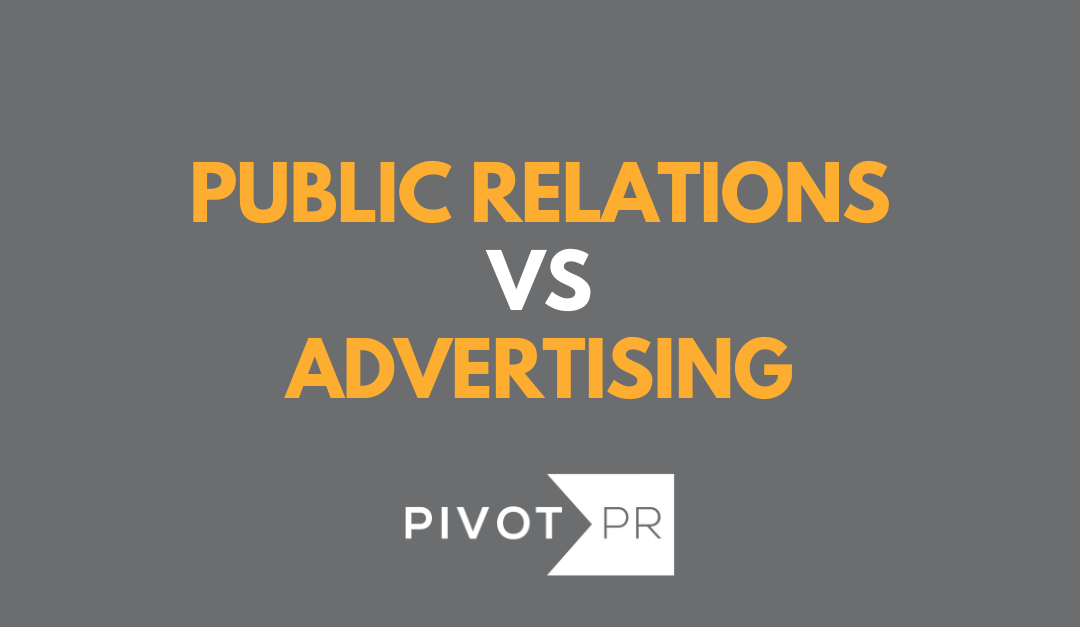In the ever-evolving landscape of communication, the lines between public relations (PR) and advertising have often crossed. As a PR agency committed to navigating these strategic crossroads, we’re pulling back the curtain to explore the differences and similarities between PR and advertising, and what tactic you should use when.
The Differences
- Amount of Control: At its core, advertising is paid media. Brands pay for ad space and have complete control over the content, placement, and timing. PR, on the other hand, is earned media. It involves pitching stories to media outlets and influencers, relying on their interest and willingness to share your message.
- The Goal: Advertising aims to drive sales through direct and persuasive messaging about a product or service. PR is about building and maintaining a positive reputation through storytelling and relationships. These narratives don’t always have a direct call to action related to sales and focus instead on establishing trust and credibility over time.
- Lasting Impact: The impact of advertising can be powerful but sometimes short lived, as its presence has a direct correlation to the duration of a campaign’s budget. PR can often last longer, continuing to benefit a brand well beyond the initial investment.
The Similarities
Despite their differences, both PR and advertising share a common goal: to elevate a brand’s presence in the market. The two strategies aim to communicate with target audiences and shape brand perception. In the integrated marketing communications era, successful brands often leverage both PR and advertising, creating a relationship where each complements the other for maximum impact.
Navigating Which to Use When
The decision to lean toward PR or advertising hinges on your immediate goals, audience, and budget:
- For Immediate Sales and Measurable ROI: If your goal is to drive immediate sales or specific actions (for example sign-ups, downloads, etc.), and you are looking for measurable ROI metrics, advertising is your go-to. The direct and controlled nature of ads allows for targeted messages aimed at eliciting immediate responses.
- To Build Trust and Brand Authority: If your goal is to manage brand reputation, establish thought leadership, or build long-term relationships with your audience, PR will best serve your needs.
- Limited Budgets with Long-Term Vision: For startups or companies with limited budgets but a long-term vision, prioritizing PR can be a cost-effective strategy. Earned media, though challenging to secure, provides substantial credibility and audience reach without the larger price tag of paid ad spaces.
- Integrated Campaigns for Amplified Impact: When goals align and resources permit, an integrated campaign utilizing both PR and advertising can amplify your brand’s message. Advertising can increase visibility and direct responses, while PR solidifies brand’s reputation and establishes trust.
Mastering the nuances of public relations and advertising is key to crafting impactful communication strategies that shape positive brand perception and drive results. Whether you’re aiming for immediate impact or nurturing long-term trust, the choice between PR, advertising, or a strategic blend of both, holds the key to achieving heightened impact and long-lasting influence; far beyond the boundaries of a single campaign, ad, or story.
Need a hand with your PR strategy? Reach out to us at info@pivot-pr.com!
